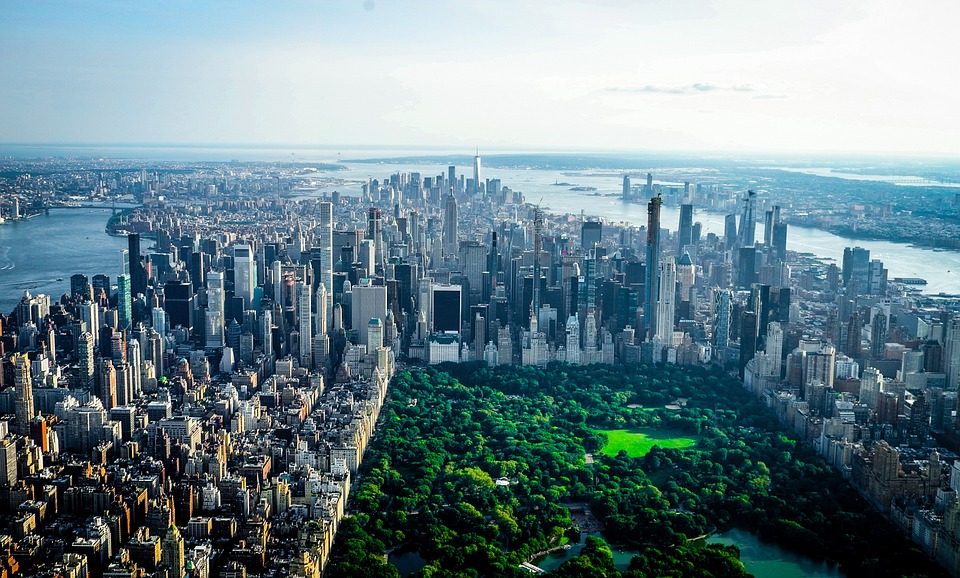
The Geography of Central Syria
Central Syria is a region located in the heart of the country, with diverse geographical features that include mountains, deserts, and fertile plains. The region is bordered by the Mediterranean Sea to the west, Lebanon to the southwest, Jordan to the south, Iraq to the east, and Turkey to the north. The landscape of Central Syria is characterized by the Anti-Lebanon Mountains to the west, the Syrian Desert to the east, and the fertile Orontes River valley in the north.
Mountains
The Anti-Lebanon Mountains are a range that runs parallel to the Lebanon Mountains, separating Lebanon from Syria. These mountains are characterized by rugged terrain, deep valleys, and towering peaks. The highest peak in the Anti-Lebanon range is Mount Hermon, which stands at an impressive 9,232 feet. The mountains are rich in mineral deposits, with quarries producing limestone, marble, and phosphates.
Deserts
The Syrian Desert, also known as the Badia, covers a large portion of Central Syria. This desert region is characterized by vast sand dunes, rocky plateaus, and dry wadis. The desert is sparsely populated, with nomadic tribes and Bedouin communities living off the land. The Syrian Desert is home to several oases, such as Palmyra and Tadmur, which have historically served as important trading posts and agricultural centers.
Plains
The Orontes River valley is one of the most fertile regions in Central Syria. The river meanders through the region, providing vital water sources for agriculture. The valley is known for its citrus groves, vineyards, and olive orchards. The Orontes River valley has been a hub of civilization for thousands of years, with ancient cities such as Hama and Homs located along its banks.
The Climate of Central Syria
Central Syria experiences a Mediterranean climate, with hot, dry summers and mild, wet winters. The region is characterized by distinct seasonal variations in temperature and precipitation. The coastal areas of Central Syria tend to have more moderate temperatures due to the influence of the Mediterranean Sea, while the inland areas experience more extreme temperature fluctuations.
Summer
Summer in Central Syria is hot and dry, with temperatures often exceeding 100 degrees Fahrenheit. The region is affected by the Shamal winds, which bring hot, dry air from the Arabian Peninsula. The lack of moisture in the air leads to low humidity levels, making the heat feel even more intense. Despite the scorching temperatures, the summer months are a popular time for tourists to visit Central Syria, with attractions such as the ancient city of Palmyra drawing visitors from around the world.
Winter
Winter in Central Syria is mild and wet, with temperatures ranging from 30 to 60 degrees Fahrenheit. The region receives most of its annual rainfall during the winter months, with the coastal areas experiencing more precipitation than the inland areas. The winter rains are vital for agriculture, replenishing the soil and sustaining crop growth. Snowfall is rare in Central Syria, with the peaks of the Anti-Lebanon Mountains occasionally receiving a dusting of snow.
Spring and Fall
Spring and fall in Central Syria are transitional seasons, with temperatures gradually warming up in the spring and cooling down in the fall. The changing seasons bring lush greenery to the landscape, as wildflowers bloom and crops ripen. The spring and fall months are considered ideal times to visit Central Syria, as the weather is mild and pleasant. The region becomes a tapestry of color, with vibrant blooms adorning the countryside.
Conclusion
Central Syria is a region of diverse geographical features and a Mediterranean climate. The mountains, deserts, and plains of Central Syria offer a rich tapestry of landscapes, each with its own unique characteristics. The region’s climate is marked by hot, dry summers and mild, wet winters, with distinct seasonal variations in temperature and precipitation. Central Syria is a land of contrasts, where ancient ruins stand against a backdrop of modernity, and traditional Bedouin culture coexists with urban development. Whether exploring the ancient city of Palmyra or trekking through the rugged terrain of the Anti-Lebanon Mountains, Central Syria offers visitors a glimpse of the country’s rich history and natural beauty.